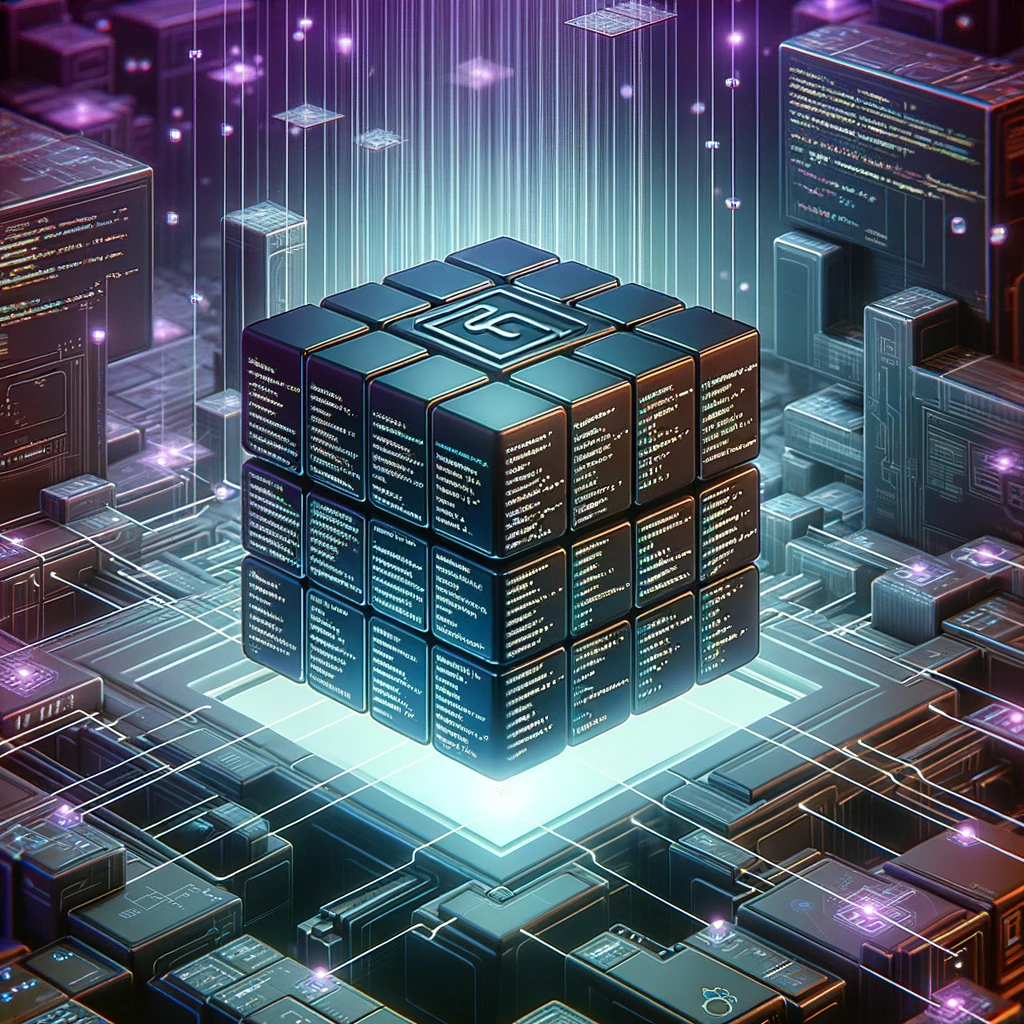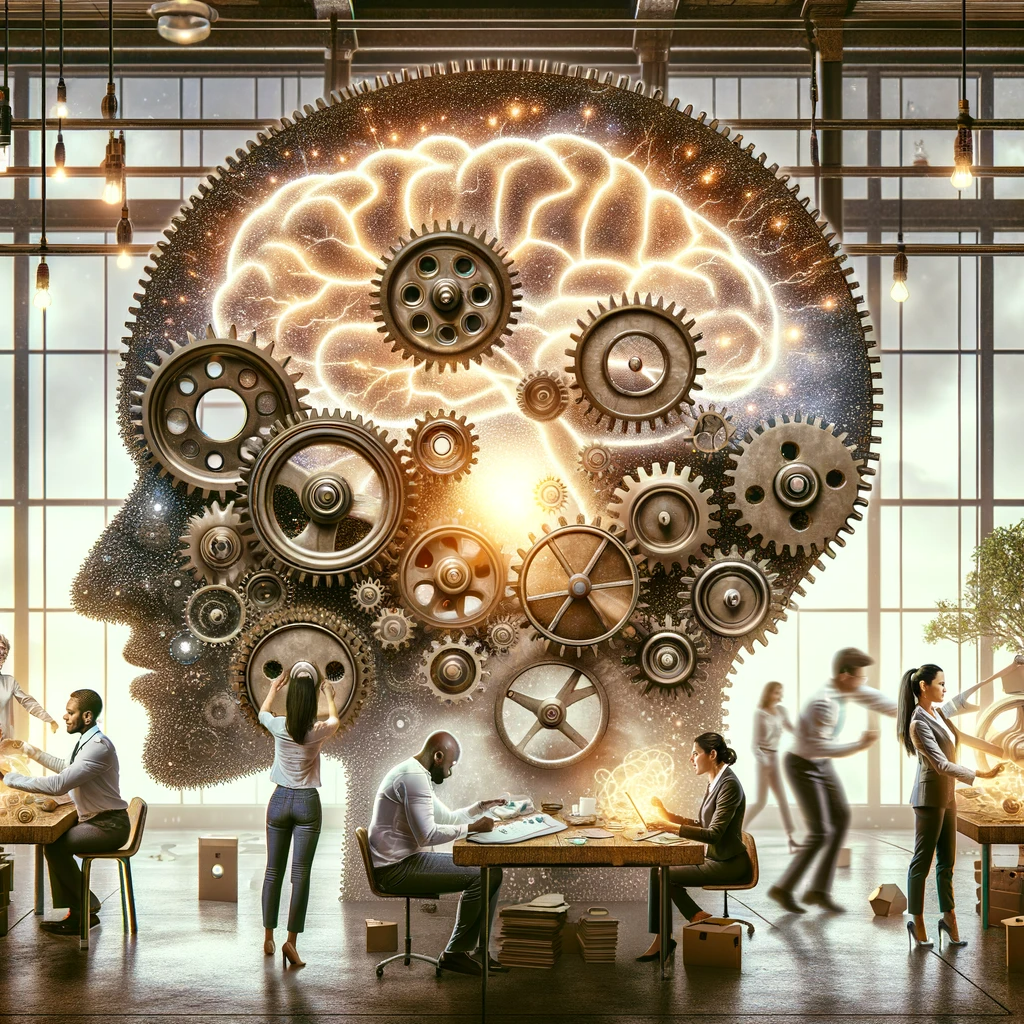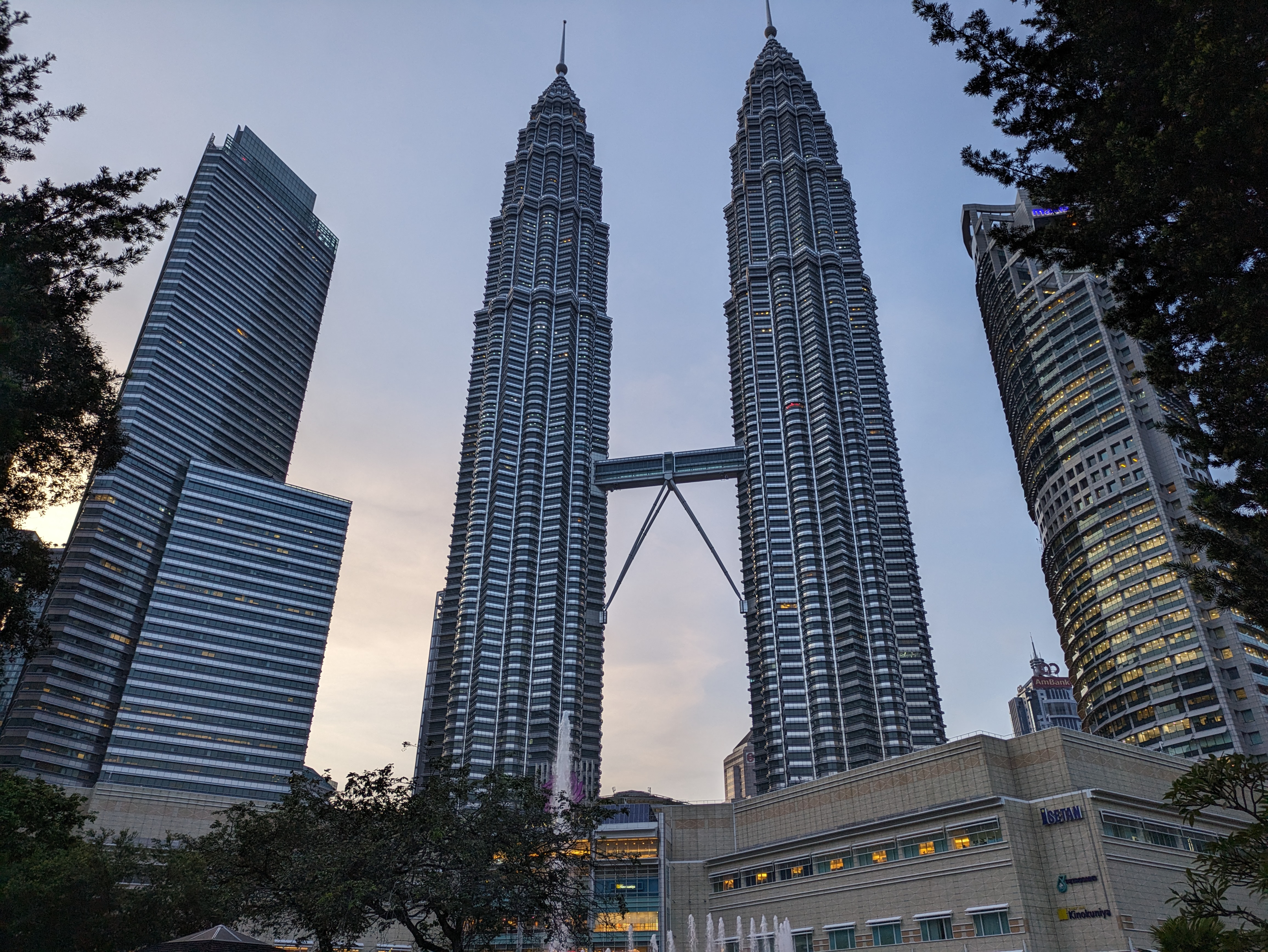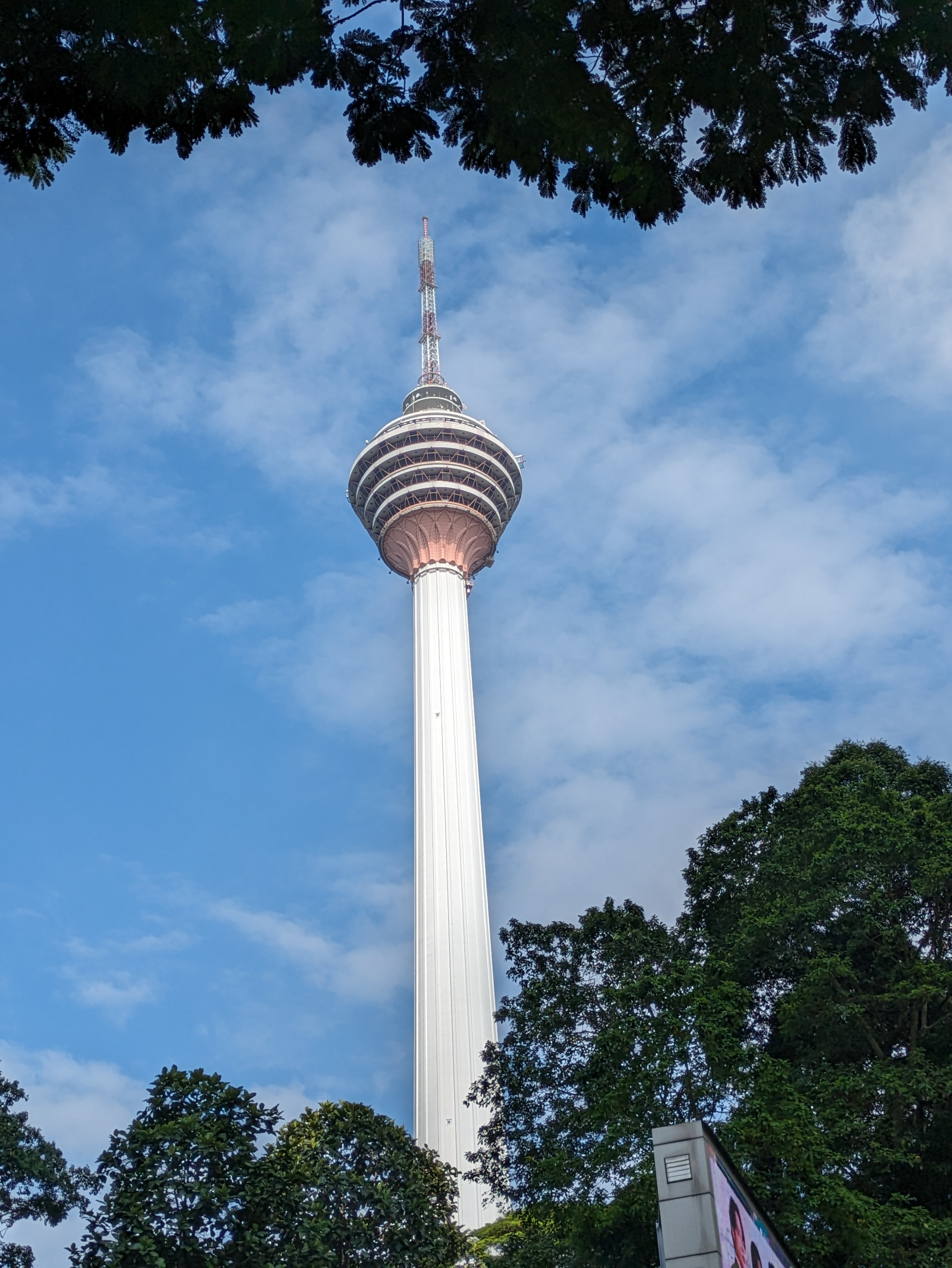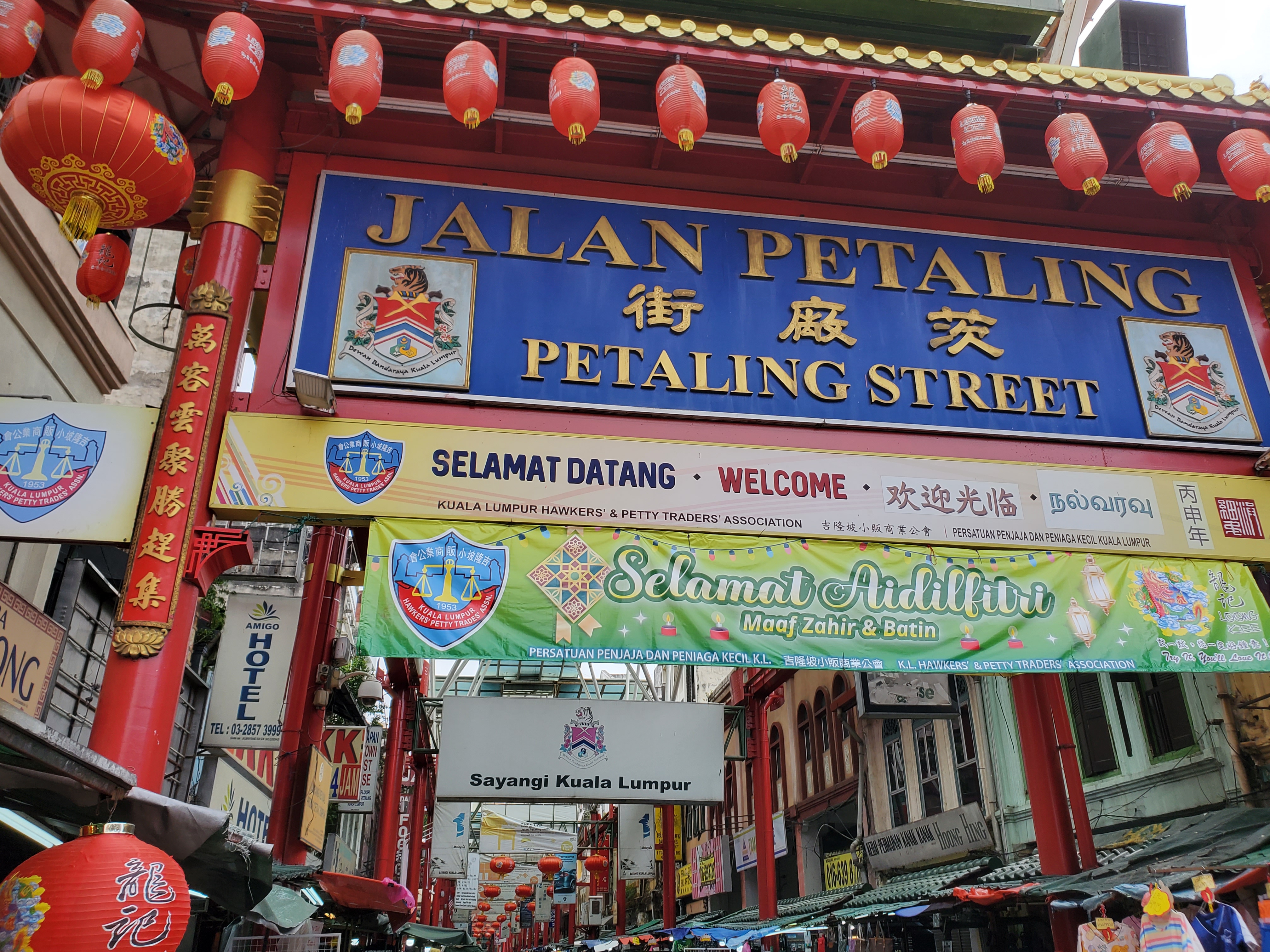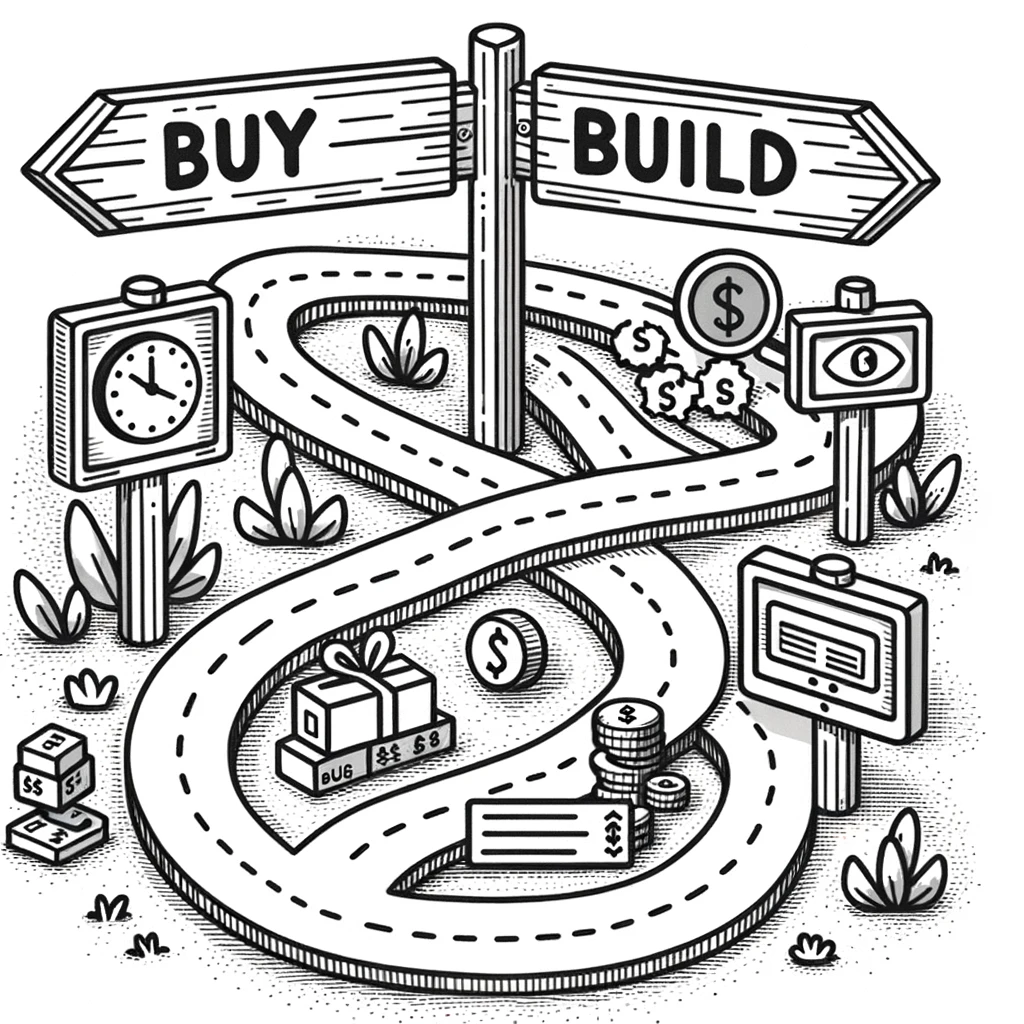Welcome to "Continuous Improvement," the podcast where we explore ways to enhance our lives, expand our knowledge, and embrace personal growth. I'm your host, Victor, and today we're taking a virtual trip to Kuala Lumpur, the bustling capital city of Malaysia. Join me as we uncover the iconic attractions, cultural explorations, culinary adventures, and practical tips for making the most of your visit to this vibrant city. Selamat datang - welcome to Kuala Lumpur!
Kuala Lumpur, often referred to as KL, is a city that seamlessly weaves together diverse cultures, modern skyscrapers, lush parks, and a food scene that will tantalize your taste buds. The tropical rainforest climate means it's warm and humid year-round, so it's best to plan your visit from May to July or December to February when the weather is relatively dry.
One of the most iconic attractions in Kuala Lumpur is undoubtedly the Petronas Twin Towers. These towering structures held the title of the tallest buildings in the world and continue to be the tallest twin towers to this day. Visitors can walk the sky bridge that connects the towers and enjoy breathtaking panoramic views of the city.
Another must-see attraction is the KL Tower, featuring an observation deck and a revolving restaurant. Indulge in a delicious meal while enjoying a 360-degree view of the cityscape.
Just a short train ride from the city center lies the Batu Caves, a series of limestone caves and temples that are among the most popular Hindu shrines outside of India. Be prepared to be awestruck by the colossal gold-painted statue of Lord Murugan.
For a cultural exploration, Kuala Lumpur offers a variety of museums that delve into its rich history and heritage. The National Museum and the Islamic Arts Museum provide fascinating insights into local traditions and Islamic culture.
Don't miss out on the heritage buildings that showcase stunning Moorish-style architecture from the British colonial era. The Sultan Abdul Samad Building and the old Kuala Lumpur Railway Station are prime examples of the city's historic charm.
Shopaholics will find their paradise in Kuala Lumpur's premier shopping and entertainment district, Bukit Bintang. From upscale malls like Pavilion Kuala Lumpur to vibrant eateries, this district has it all. For a taste of local handicrafts and souvenirs, head to Central Market, located near Petaling Street, which brims with vibrant stalls selling food, clothes, and novelty items.
Malaysian cuisine is a delightful fusion of Malay, Chinese, and Indian flavors. Don't miss the national dish, Nasi Lemak, featuring fragrant coconut rice served with a spicy sambal, crunchy anchovies, peanuts, and eggs. Satay, skewered and grilled meat served with a savory peanut sauce, is a must-try. And for the adventurous eaters, tasting the infamous durian fruit, known as the 'king of fruits,' is an experience like no other. To truly immerse yourself in the local culinary scene, Jalan Alor is a street food hotspot where you can savor a variety of delicious dishes.
If you need a breather from the urban excitement, Kuala Lumpur offers serene parks and gardens. KLCC Park, located at the foot of the Petronas Towers, offers a well-manicured space with jogging tracks, walking paths, and a playground for children. For a more immersive nature experience, visit the Perdana Botanical Gardens, a sanctuary for nature lovers seeking tranquility amidst the urban buzz.
Now, let's talk practical tips. Kuala Lumpur has an efficient public transportation system, including the LRT, MRT, monorail, and buses. For seamless travel, I recommend getting a touch 'n go card, which allows you to navigate the city with ease.
When it comes to accommodation, you'll find a range of options, from luxury hotels to budget hostels. Many travelers prefer staying near Bukit Bintang or KLCC due to their central locations and easy access to attractions.
English is widely spoken in Kuala Lumpur, especially in tourist areas, so communication won't be a challenge. There's also free Wi-Fi available in many public areas, cafes, and malls. If you need better connectivity, consider getting a local SIM card.
Kuala Lumpur is more than just a stopover city; it's a vibrant melting pot of traditions, flavors, and architectural marvels waiting to be explored. Whether you're there for a weekend getaway or a longer excursion, immerse yourself in the vibrant culture, historic roots, and the warmth of its people.
That's all for this virtual trip to Kuala Lumpur. I hope you enjoyed discovering the ins and outs of this incredible city. Remember, continuous improvement is not only about personal growth, but also about exploring new places, experiencing different cultures, and embracing the wonders of our world.
Thank you for listening to "Continuous Improvement." I'm Victor, your host, and until next time, keep striving for greatness.
